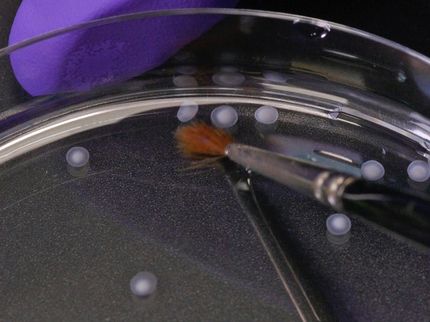Peptide-modified cultures demonstrate control over both tissue growth and location in vitro
Advertisement
“In vitro fabricated biological tissue would be a valuable tool to screen newly synthesized drugs or understand the tissue development process,” explain Takuya Matsumoto and his colleagues However tissues grown so far have not reached the size and final shape of natural tissue. Matsumoto and colleagues at Okayama, Osaka and Kansai Universities in Japan have now identified a tripeptide sequence that can be used to overcome both limitations. With hydrogel modified with the tripeptide they demonstrate enhanced tissue growth of a salivary gland both across a sheet of tissue and at specified localised points.
The salivary gland studied - the submandibular gland - develops a branched structure through budding and the elongation of ducts, which is also typical of other structures such as lungs, kidneys, mammary glands and spleen. Previous research revealed the importance of the glycoprotein fibronectin in the morphological development and growth of salivary gland tissue. Consequently Matsumoto and colleagues focused their investigations on the effects of the specific tripeptide sequence arginine-glycine aspartic acid (RGD) that acts as a cell binding site on fibronectin.
The researchers studied the growth of salivary gland tissue on hydrogel both modified with different concentrations of RGD and without and found significant growth enhancements that increased with RGD concentrations. They then experimented with RGD-modified hydrogel beads and demonstrated that localised growth enhancement occurred where the beads were situated, which could provide control over morphology in artificial tissue growth. Further studies also suggested that neuronal growth and the enhancement of growth factor proteins were responsible for the enhanced gland tissue growth observed.



























































